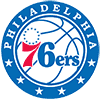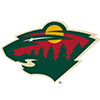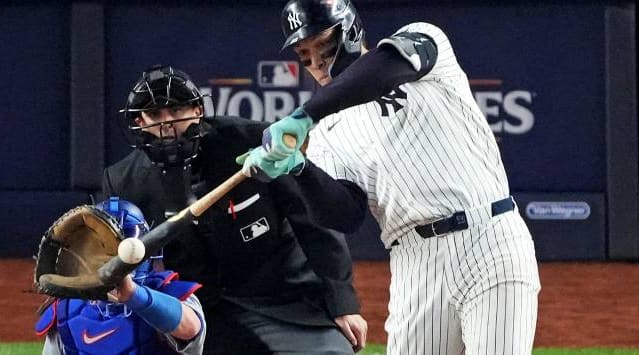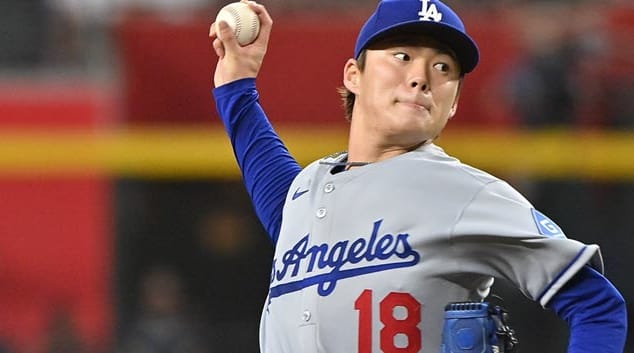Projection Problems - Troy Tulowitzki
Every year I produce the projections that form the backbone of our player rankings and dollar values that are displayed on our site, in our magazine and in our apps. If you ever want to draw comments from your readership, put out a set of rankings. Luckily, a high percentage of our feedback is reasoned, logical and usually even informative. I frequently learn about a factor I might have overlooked, so keep the great feedback coming.
Certain players, individually or as part of a class, present problems when we try to project them however. Over the course of draft season, I'd like to highlight some of the more difficult players to project and rank. At the top of the list for me are frequently injured stars that often perform great when healthy but rarely stay fully healthy for a full season. When we project a player, we're projecting both performance and playing time, and our rankings are tied to that projection. That leads to a problem - often I'm willing to draft a player above his projection, knowing that his rate stats are what I'm going after, and that I trust in my ability to find a replacement when he's out. But I cannot project a frequently injured player a full season of at-bats, especially when that player suffers from wear-and-tear injuries and not just fluke happenstances.
However, that's going to lead to some discrepancies on my draft list versus our projections-generated rankings. And
Projection Problems - Troy Tulowitzki
Every year I produce the projections that form the backbone of our player rankings and dollar values that are displayed on our site, in our magazine and in our apps. If you ever want to draw comments from your readership, put out a set of rankings. Luckily, a high percentage of our feedback is reasoned, logical and usually even informative. I frequently learn about a factor I might have overlooked, so keep the great feedback coming.
Certain players, individually or as part of a class, present problems when we try to project them however. Over the course of draft season, I'd like to highlight some of the more difficult players to project and rank. At the top of the list for me are frequently injured stars that often perform great when healthy but rarely stay fully healthy for a full season. When we project a player, we're projecting both performance and playing time, and our rankings are tied to that projection. That leads to a problem - often I'm willing to draft a player above his projection, knowing that his rate stats are what I'm going after, and that I trust in my ability to find a replacement when he's out. But I cannot project a frequently injured player a full season of at-bats, especially when that player suffers from wear-and-tear injuries and not just fluke happenstances.
However, that's going to lead to some discrepancies on my draft list versus our projections-generated rankings. And it's a fair question from our readers when they want to reconcile the difference, especially if the difference is stark. Injured players are the biggest source of that discrepancy, but questions can also arise when trying to rank breakout players - both prospects and second or third-year players, players at scarce positions, or players that produce scarce categories.
Troy Tulowitzki checks off a couple of those boxes and is among the toughest players to evaluate this season. The last time he was able to play in 140+ games was in 2011, when he put up massive numbers in 143 games. It appeared that he might get in a full season last year, before a collision with Kevin Pillar resulted in a cracked shoulder blade and three weeks on the DL. But even before that injury, Tulo's numbers were off from his usual levels. At the time of the trade, he was hitting .300/.348/.471 with the Rockies - good, but below what he's typically done there. After the trade, he hit just .239/.317/.380 with the Blue Jays, though he did score 31 runs in 41 games. His stats with the Jays come pretty close to matching what he did on the road for all of 2015 - .276/.327/.409, with six homers and 23 RBI in 232 at-bats.
My opinion is that we'll continue to see more of the same from Tulowitzki that we saw in 2015, and less of the rate stats from his best years in Colorado. It's not just that he's out of Coors Field for good, though that is a big factor, but also that the injuries over the years have taken their toll and he's fundamentally a different player. He strikes out more often, walks less frequently, and hits for a lot less power. As a result, here was my projection for him:
| G | AB | BA | R | HR | RBI | SB |
| 132 | 488 | .277 | 72 | 16 | 69 | 1 |
This is actually a tiny improvement from my first pass, which went into the RotoWire Fantasy Baseball Guide 2016 - I've since given him a few more at-bats, to account for the possibility that he'll be the Blue Jays' DH from time-to-time to preserve his health.
The problem, such that it is, puts him grossly out of line with market expectations - and even with my original Top 200! Here's a quick spoiler alert - he'll be much lower in my next iteration. I did my first set of draft rankings before doing all of my projections and values, relying more on my gut instinct on where I'd draft a player. I wanted more agency in my rankings, instead of strictly relying upon my rankings. The problem has arisen that there are more outliers between the two, and the gulf is larger where they exist. In the recently completed FSTA Experts League draft, Tulowitzki went at 3.11, 37th overall. His NFBC ADP is 49, and is the second shortstop drafted overall. My projection has him ranked 155th overall, ninth among shortstops, behind the likes of Brandon Crawford and Addison Russell, among others.
So what happens when my projection or ranking is grossly out of line with the market consensus? The first thing I do is examine the projection itself - is there an error, or did I miss anything? I don't think I erred with his batting average, stolen base and even home run projection, nor with the games projected. One might argue that 2015 is the batting average outlier, but I disagree. His contact rate dropped to 77 percent, his strikeout rate spiked to 21.3 percent, and his walk rate dropped with that from 13.3 percent to 7.1 percent. He wasn't unlucky on balls in play, still tallying a .335 BABIP, above his .325 career average. I might have been a little ungenerous with his counting stats, however, given the strength of the Blue Jays lineup. My new projection for him now gives him 85 runs and 75 RBI.
That small adjustment made a significant difference, though it doesn't bridge the gulf between his public perception and my ranking - still putting him 110th overall and fifth among shortstops. I'm fine with that - my general message is that you will not be getting vintage Tulowitzki this year if you draft him, and if you pay that price or a close proximity to that price, you'll be left feeling wanting. And I'm not the only one with this message, as you can see from the Steamer projections from Fangraphs and from Ron Shandler's Baseball Forecaster:
| Source | AB | BA | R | HR | RBI | SB |
| RotoWire | 488 | .277 | 85 | 16 | 75 | 1 |
| Steamer | 468 | .260 | 68 | 19 | 65 | 2 |
| Forecaster | 441 | .287 | 78 | 21 | 68 | 2 |
Steamer is even more pessimistic about Tulo than my original projection, albeit with a smidge more power. The Forecaster is a little higher on the rate stats, less optimistic about the playing time. In fact, I wonder if I should have even adjusted his runs scored and RBI. But no, I'm going to stick with my own conclusions - it's dangerous to start comparing your projections to others and hope to "get in line" with others, just for the sake of getting in line.
That leaves one final question - how much do I adjust my draft rankings to compare against the projection? Would I draft Tulowitzki sooner than where I have him slotted? If so, how much would I adjust him from his projection?
First, the only position I give a positional scarcity boost in terms of dollar values is catcher. There simply aren't enough positive-valued catchers to field proper rosters, especially in two-catcher leagues. But there are enough second basemen and shortstops that earn positive values to field full rosters, so I tend not to give a boost even to the upper tier middle infielders. This year, according to our dollar values, there are exactly 36 middle infielders that are worth at least $1 according to their projection in 12-team mixed leagues. So from that perspective, Tulowitzki doesn't get a bump.
However, where he might merit an upgrade is by factoring in replacement production, assuming that he misses 30 games. We have him projected for 132 games, which assumes that he'll have at least one DL stint, plus a handful of days off. As alluded earlier, some of that risk of rest is mitigated by the DH possibility, but that's baked into the projection. Moreover, he's likely to need more rest from playing in the field because of Toronto's artificial surface, even if it's softer than a typical artificial surface.
What is the replacement level production that I'll likely get to replace Tulowitzki? I took the average projection from the next 10 middle infielders that were outside those projected to be drafted according to our dollar values, and pro-rated that projection over 30 games. Our amalgamation provided an average .267 average, two homers, three stolen bases, 11 runs and 10 RBI over that span. Then I added that to his projection, to give him a bump in my ratings, to account for the presumed superiority of his per game production. However, even that is too optimistic, because that assumes that Tulo's injuries would be perfectly timed to allow for an immediate swap, and that his replacement would be productive and healthy all at the same times. So I took a little edge off of those replacement figures. My final result? I've currently got him at 92nd overall in our next set of Roundtable Rankings (with a few adjustments possibly forthcoming), fifth among shortstops.
That's still not going to get him in most drafts, but at least you have a better idea of what you're getting if you draft him higher, and why I won't be doing the same.


























